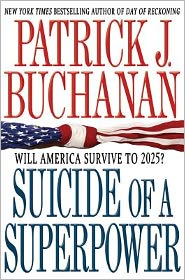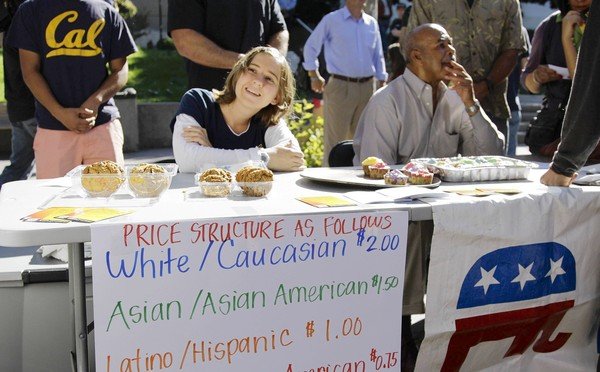Art in the Third Reich: 1933–1945 (Part 1)
This is a slightly edited version of an article was first published in Ecrits de Paris (Nr. 645, July-August 2002, L’Art dans l’IIIème Reich. Translated by the author.)
When writing about or discussing the plastic and figurative arts in Germany during the period from 1933 to 1945, one must inevitably mention the art that highlighted the epoch of National Socialism. During that short and troubled period of time, art was also a reflection of modern European history, and, therefore, it must be examined, or, for that matter, conceptualized, within the larger geopolitical framework of Europe as a whole.
National Socialist culture has always been a sensitive subject, whose controversial nature is more apparent today than ever before in the ongoing media warfare between so-called anticommunists and antifascists. If one accepts the conventional wisdom, widely accepted in all corners of he world, that National Socialism was a form of totalitarianism, one must then also raise the question as to whether there were any authentic cultural successes achieved during the Third Reich at all. Certain parallels can and should be drawn between artistic efforts in the U.S.S.R. and National Socialist Germany, in view of the fact that culture in both systems was dominated by a specific ideology. Does this therefore mean that there were no valuable works of art created in the U.S.S.R. or in National Socalist Germany? What both National Socialism and Communism had in common was the rejection of “art for art’s sake” (l’art pour l’art) and the repudiation of middle-class aestheticism. Instead, both political systems favored a committed and normative approach to art, which was supposed to be a tool for the creation of the “new man.” On the other hand, from the thematic, aesthetic and stylistic point of view, the differences between art in Communism and art in National Socialism were immense. Read more









